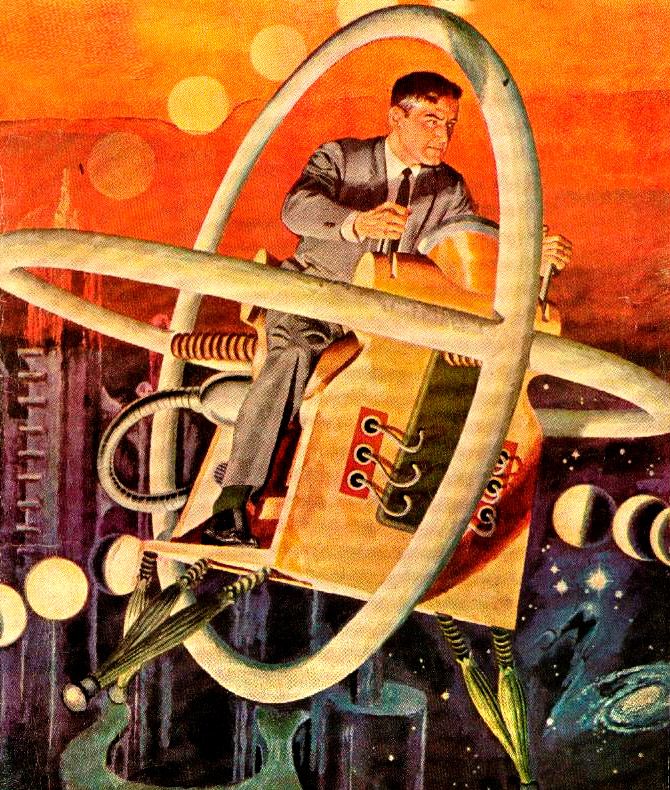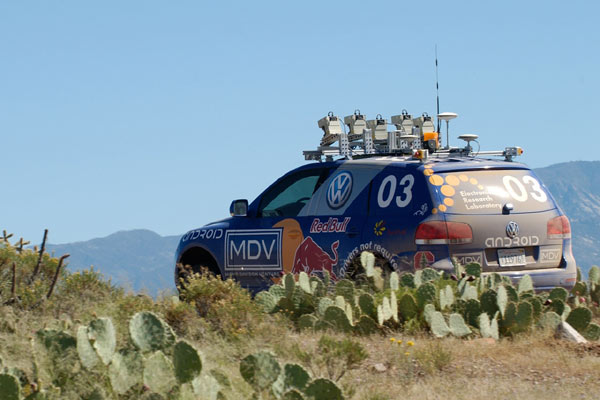Sebastian Thrun is a brilliant guy who was positioned at the starting line of the recent boom in driverless technology, but he’s no stranger to irrational exuberance. A couple years ago, the Udacity founder earnestly announced that “if I could double the world’s GDP, it would be very gratifying to me.” Yes, that would be nice.
The computer scientist and entrepreneur is now employed as CEO of Larry Page’s Kitty Hawk, engaged in trying to perfect the flying car, a vehicle of retrofuture dreams that seems exceedingly unnecessary. Wouldn’t it be far better for society if he and others like him were engaged in innovation aimed at more practical public transportation solutions for the masses? The thing about childhood dreams is that most of them are childish.
Steven Levy held roughly the same view last month when he sat down to interview Thrun for Backchannel (now housed at Wired). The opening:
Steven Levy:
Why do we need flying cars?
Sebastian Thrun:
It is a childhood dream. Flying is just such a magical thing to do. Making personalized flight available to everybody really opens up a set of new experiences. But in the long term there’s a practicality to the idea of a flying vehicle that takes off vertically like a helicopter, is very quiet, and can serve short range transportation. The ground is getting more and more congested. In the US, road usage increases by about three percent every year. But we don’t build any roads. And countries like China that very recently witnessed an explosion of automotive ownership are suffering tremendously from unbelievable traffic jams. While the ground infrastructure of roads is one-dimensional, the sky is three-dimensional, and it is much, much larger.
Steven Levy:
But it you build flying cars, won’t the air be just as congested?
Sebastian Thrun:
The nice thing about the air is there is more of it. You could have virtual highways in the sky and stack them vertically. So you never have a traffic intersection or similar.
Steven Levy:
But highways have lanes. You can’t have dotted lines in the sky.
Sebastian Thrun:
Yes, you can, it turns out. Thanks to the US government we have the Global Positioning System that gives us precision location information. We can paint virtual highways into the sky. We are actually doing this today. When you look at the way planes fly, they use equipment that effectively constructs highways in the sky.
Steven Levy:
Still, the number of planes is tiny compared to cars, which you want to put in the air. Plus, everybody is buying drones. If you folks get your way, the sky is going to be completely full.
Sebastian Thrun:
Every idea put to the extreme sounds odd.•








